Today's art? Too commercial: real talent looks ahead. Roberto Casamonti speaks.
Gallery owner Roberto Casamonti has devoted almost his entire life to discovering and encouraging visionary artists, and his Tornabuoni gallery, founded in 1981 in Florence, has become an essential stop for art lovers, exhibiting works by the masters of the 20th century and postwar period. A man, Casamonti, with a profound sensitivity and inexhaustible passion for art and whose dedication to his work has proved tireless, defying ups and downs, but remaining a steadfast and vivid testimony to how perseverance and love for what one does can be a source of gratification over time. Speaking of contemporary art, the gallerist reveals his keen eye for identifying innovation and the need for artists to embrace the new, creating works that represent a genuine step forward in the artistic landscape. His search for works of rare quality and beauty has driven him to keep his eyes open to different and unique ideas, similar to those that led great masters such as Fontana and Burri to revolutionize the art world.
FG. Tornabuoni Gallery has been active since 1981 and has emerged in the art world, managing to make history by exhibiting works by great masters of the 20th century and postwar period. Starting in Florence, passing through Paris and London, it arrives in Rome. It is an achievement to be extremely proud of.
RC. I am convinced that dedication to work, in the long run and despite its ups and downs, always pays off. I have worked from 1981 to the present day without ever giving up, and only now do I realize how quickly time passes and how we find ourselves growing old without even realizing it. I am getting older, yes [laughs], but always with an unimaginable passion and love for what I do. What has always defended and helped me in life has also been the expertise for art from the 20th century onward, but especially the joy that pervades me when I discover a beautiful painting. When it happens I feel over the moon precisely because I find it extremely difficult to discover works of rare quality and beauty. We arrived in Rome starting from the Florentine gallery to which I am particularly attached because it whispers to passersby that the city is not only made up of ancient and Renaissance art, but it manages to look with curiosity to the future and finds itself in constant evolution.
In a video interview for Finestre Sull’Arte, he said he could tell an artist with talent from one who, unfortunately, has none. Building on this, what do you see in the current art scene? Have you found any innovators?
Almost every day new artists come to my gallery who would like to work with me, and by now I think I know how to recognize innovation: art should always be a step forward, not backward. A good artist should know the history and everything that has been done so far because only in this way can you take imperceptible steps forward and create something new. For example, if I see an artist today who looks like another one from fifty years ago, to me that is just wasted time, but if tomorrow an artist comes along who looks like nothing and is just himself in all his innovation, then that is a good artist and I am extremely proud of him. So I always find myself looking for people with different ideas like Fontana had who simply threw stones on the canvas, but still Burri who used sacks which turned out to be a very powerful and new medium of expression in its extreme banality, which no one had thought of yet. I seek and love this, but I realize how difficult it is.
What are your thoughts on the Italian art scene compared to the international art scene and how is the relationship between the two changing and evolving?
I think we can no longer speak of an Italian art scene distinct from the international one. They are now linked and tangled together and I am only interested in an artist being able to move forward, to create something new. That’s what really matters also because the more time goes by, the more I see artists going backwards, looking like Tancredi, Burri Fontana or Picasso, but they have already invented something important, they had gone ahead, but their imitation is something already seen. So in my opinion, to be a good artist is independent of the flag he carries, the important thing is that he knows the history and twists it. Art is very similar to medicine in this: during the centuries discoveries are made that lead to curing more and more people and more and more diseases, and the artist should behave in the same way by studying and saving more and more people from ever different ills and with equally innovative ideas.
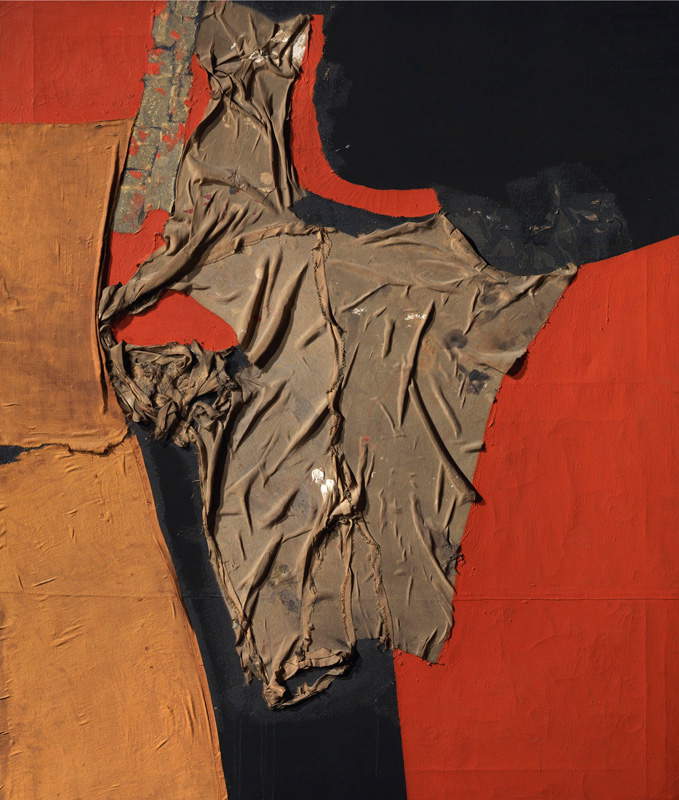
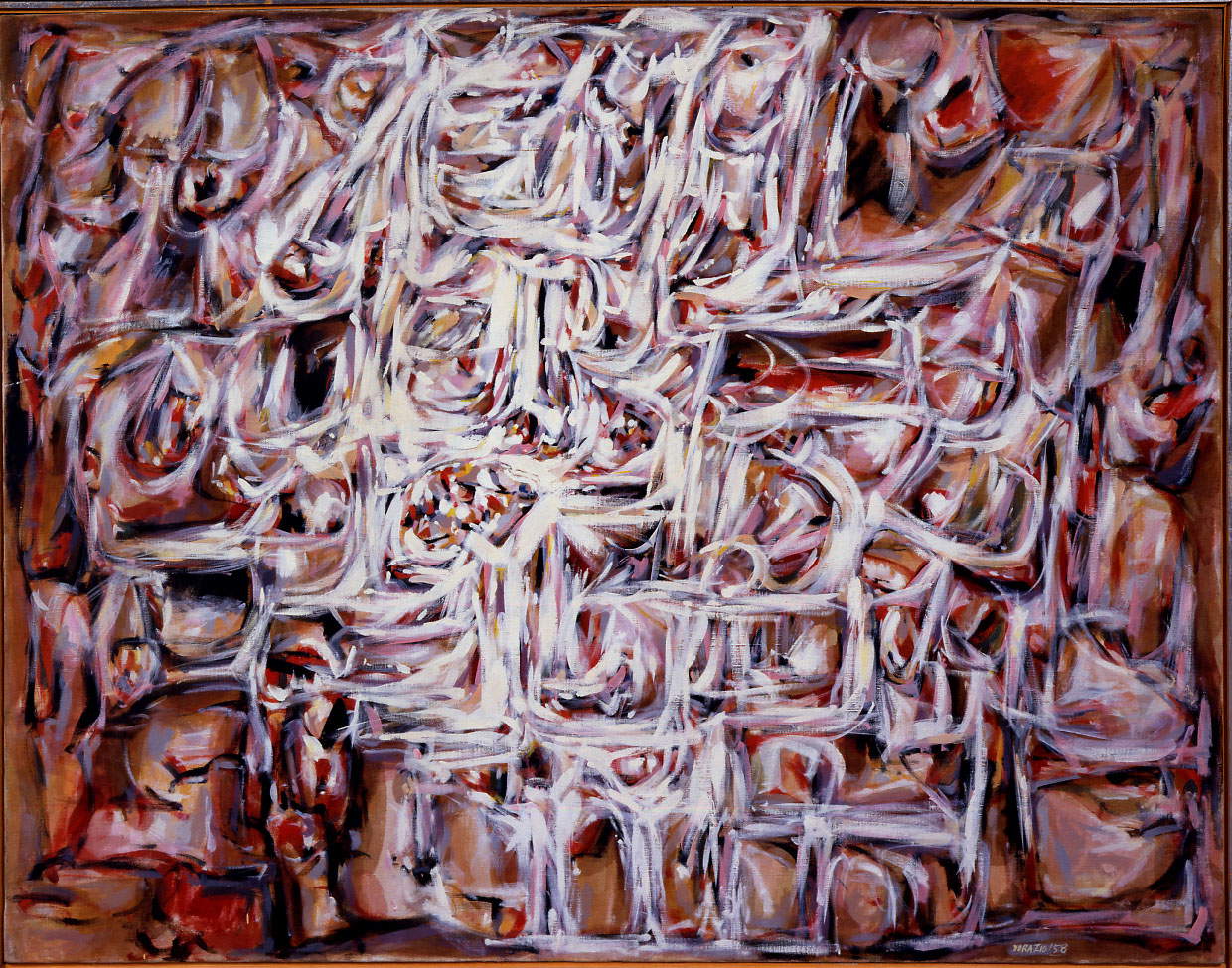
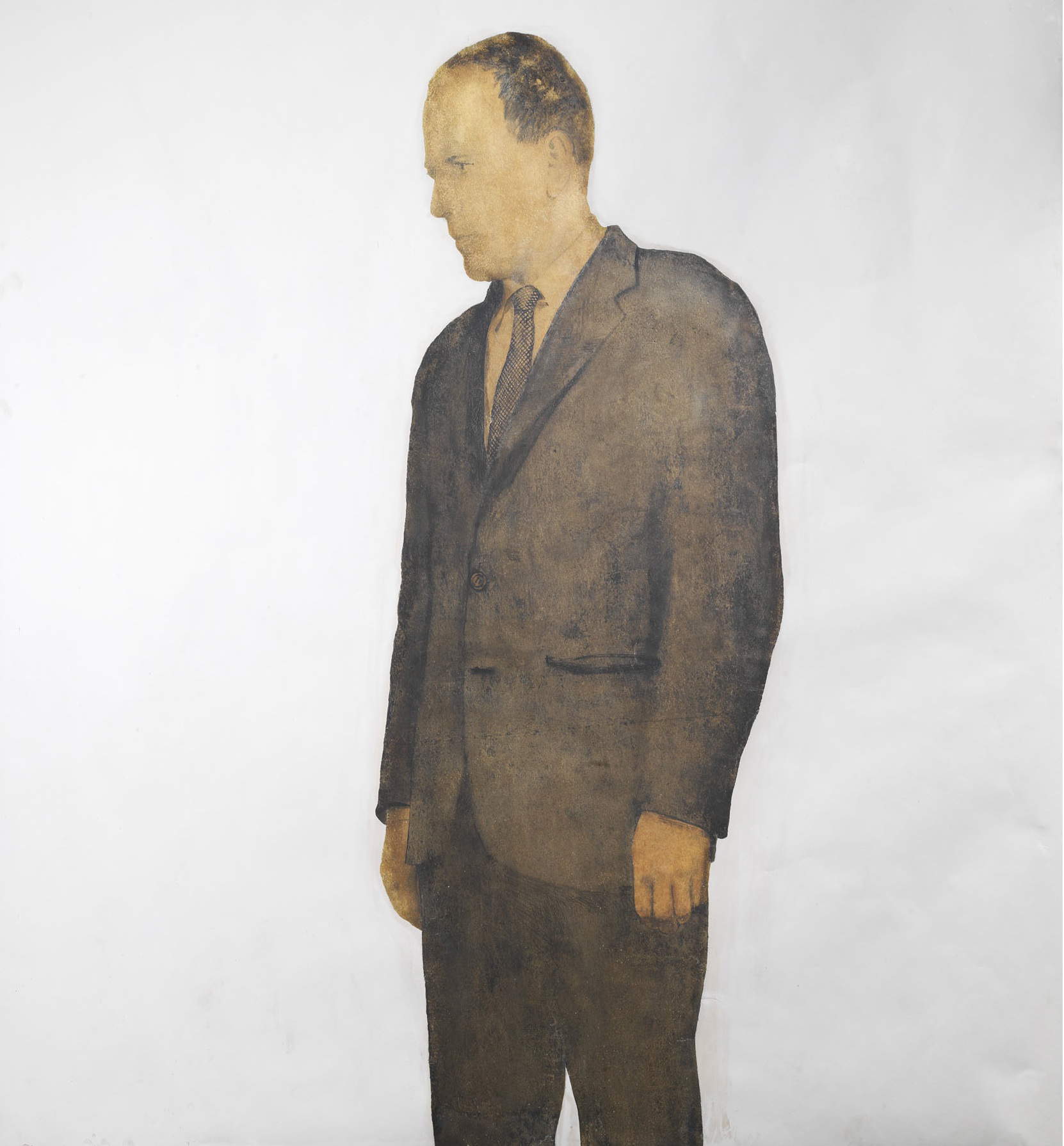
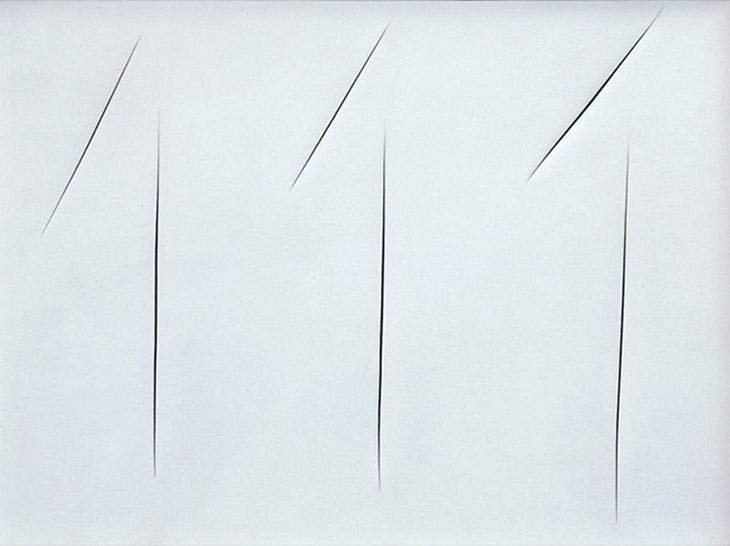
Contemporary art often explores complex social and political issues. How do you approach artworks that address sensitive or controversial issues? Have you ever faced any criticism or debate regarding the artworks you choose to exhibit?
I have never faced any debates or heavy criticism although every political idea, every personal truth can be found in my gallery and I am here to respect them and not to judge them or impose my thoughts. Guttuso, for example, has always touched on politics by taking heavy sides and it is right that an artist always does what he feels and chooses his battles. What I am interested in is only whether that artist possesses the skills and expressive power to represent his or her ideas even if they are politically opposed to mine.
Technology has had an extremely significant impact on the creation of contemporary art. How do you see the role of new technologies in the context of art? Do you see potential opportunities in the use of technologies such as virtual reality in art production?
I am extremely interested in anything new media can offer artists, and if they help to create something innovative welcome. I admire Plessi who has a lot to do with television screens where he inserts fire, water and other precarious and destructive elements within them. I very much appreciate his way of working, but also Bill Viola’s. By now televisions have been used in the art world since the 1970s, and in the beginning, like everything, they were a new technology and were used by very few. Plessi and Viola are successful today precisely because they had the courage to come up with new things first. I am also convinced that one should not look for innovation through the medium used, but should always start with a good idea because if this does not work everything collapses. Once the artist makes this first leap he must also have the strength to get his ideas accepted by the market. It sounds like a platitude, but to create a painting that is aesthetically beautiful we are all capable, whereas having ideas that work and doggedly pursuing them is not for just anyone.
What prompted you, instead, to open your collections to the public?
This was a desire I always had. I am the son of a collector, and from an early age I was so passionate about this world that I could not keep it secret and hidden, but felt the need to share it. I admired my father Ezio for years to choose works by artists such as Casorati or Soffici, and slowly I learned this work by taking my first steps among Guttuso or Mafai, to get to the very different works of Fontana and Burri. My work is summed up not only in the act of buying and selling, but above all in admiring and sharing. That is why I opened my Florence collection: because this beautiful and ancient city is also extremely vital and contemporary. It would have been selfish to keep all this beauty solely for oneself.
What was the work of art that you personally found most challenging or controversial and yet chose to add to your collection?
Each work is like a child to me and each one is controversial and challenging in its own way. It is an immediate and complete falling in love and I cannot say that I love one more than the others. I love them all and with their own different characteristics: there is an amazing six-foot-by-two-foot Basquiat with him photographed right there in front of it and that is definitely worth a visit to my collection, a Pistoletto from ’62, a six-foot Tutto by Boetti. Each work tells something about me and represents my experience, to choose one out of all of them would be to choose a part of me.
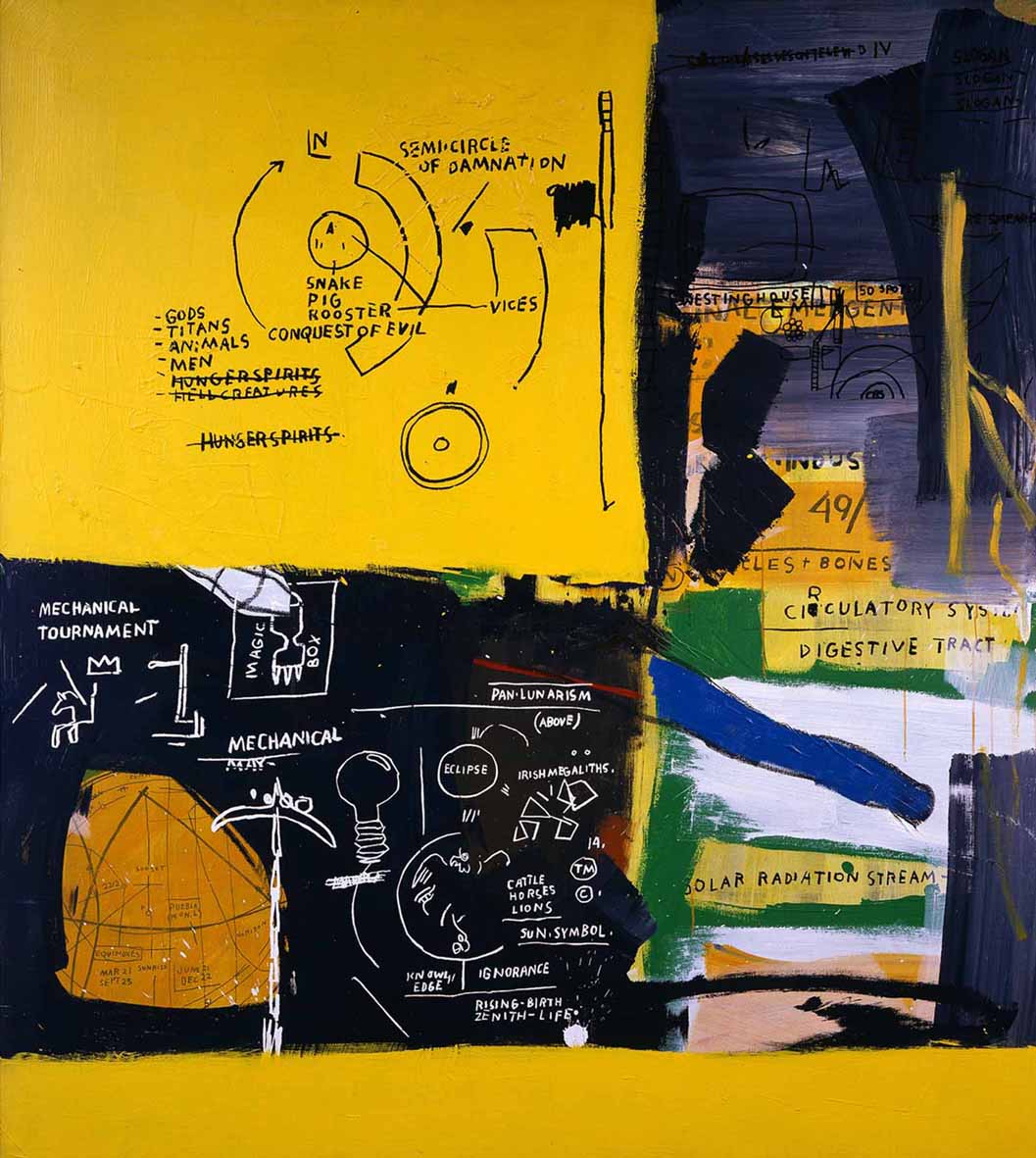
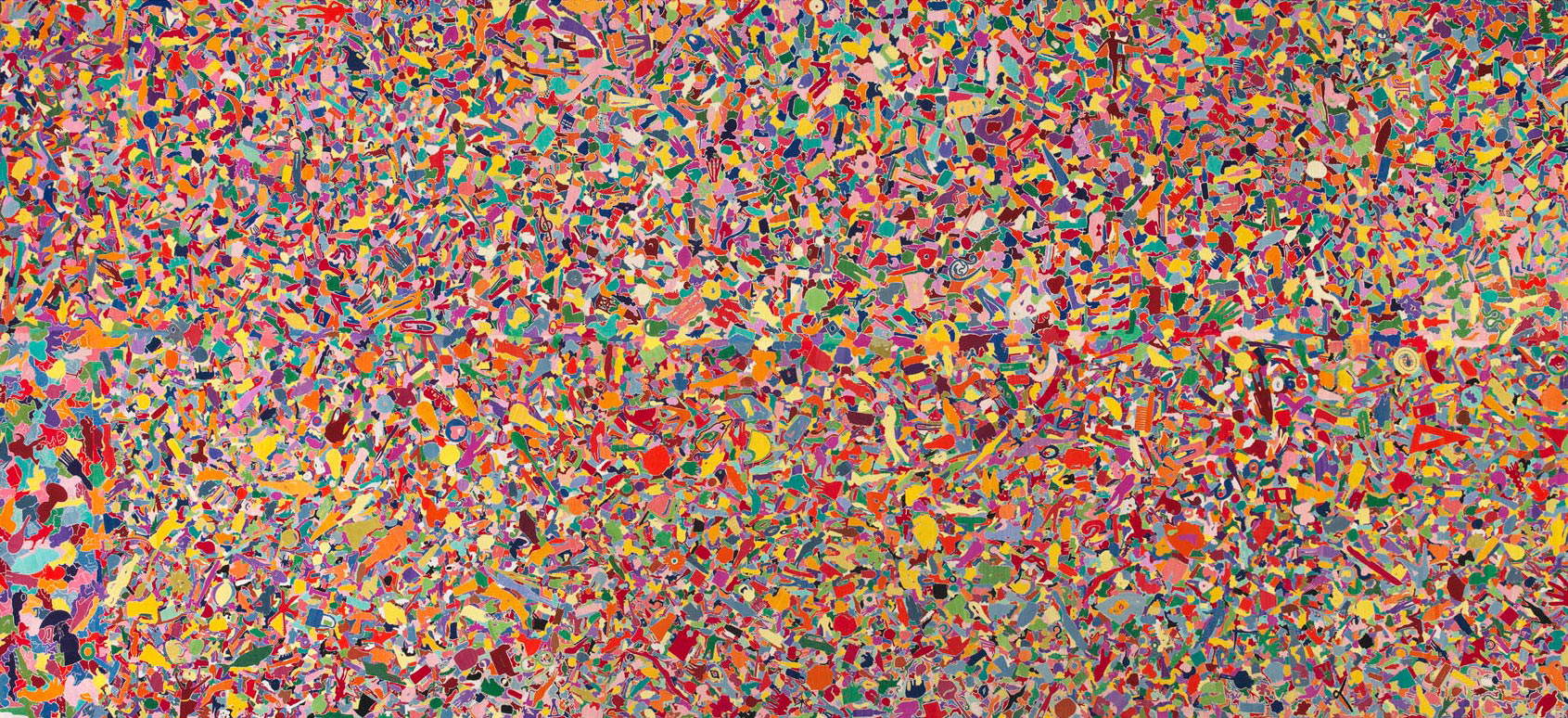
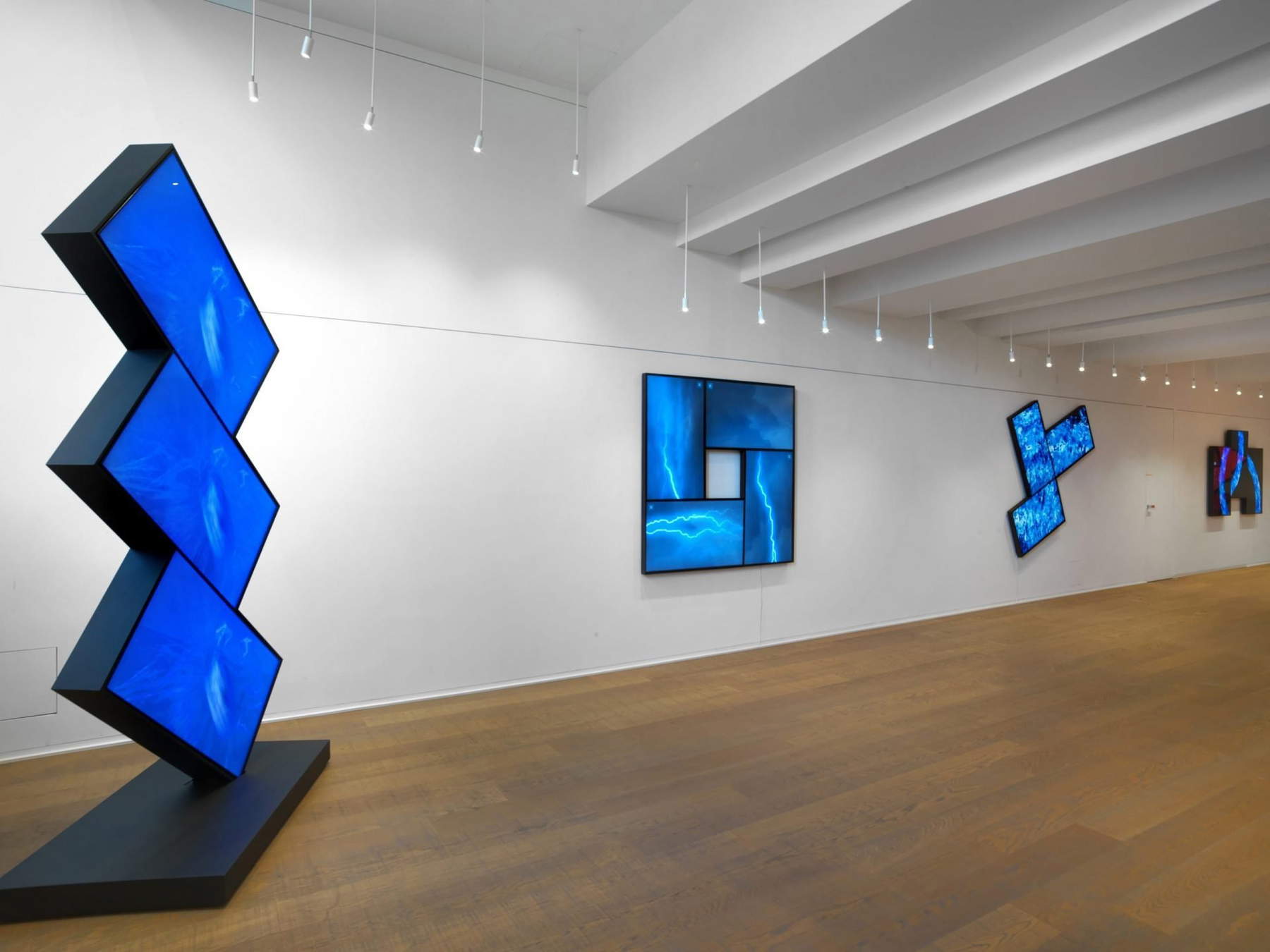
Which, among the artists you have met, have you felt most akin to?
I have known so many artists, and that is why I find it very difficult to answer this question, but we will try. I was a friend of Piero Dorazio and I always respected him for being a man of great culture who created wonderful works, whose work is only fully recognized today. I did not know Fontana personally although I admit he would have been spectacular, but I did know his wife who was an exquisite woman and I lent many Fountains for various exhibitions. I esteem Fontana’s work infinitely. I also met Emilio Vedova who was not an ordinary man and he could always teach you something, he possessed unimaginable culture. In the end, if you are ready to listen and stretch your ear, all artists can teach you a great deal precisely because they have a different sensibility and almost always an immense culture.
Some critics argue that the contemporary art market has become too commercial and puts the artistic value of works in the background. Names come to mind such as Thierry de Duve, Belgian art critic, who analyzed the growing dominance of the art market and the impact it has had on the perception of contemporary art, Julian Stallabrass who criticized its excessive commodification and its distancing from artistic and cultural values. But still Boris Groys, Russian philosopher and art critic, who raised questions about the capitalist nature of art. What is your opinion on this topic and how do you balance the commercial component with artistic “integrity” in your collection?
They are right! I feel the same way, art today is overly commercial and when it is that way you should not trust it too much. I think a lot of artists today are definitely pumped up. Let’s say that they are pushed by auctions with exaggerated and inhumane valuations that do not correspond to reality. The artist has to love his work, and then the result comes, but one should not yearn for those excessive figures, because by doing so the work is distorted. The market teaches that there are dark times and prolific times, but it is history that exalts the great and cuts out the mediocre, not the market. It is time that is the needle in the balance. The critics to whom you refer are right, and one must be very careful about buying only with one’s pocket, because first of all there must be the heart. This thought of mine is palpable to anyone who comes to visit my gallery in Florence where I have chosen to reveal about 180 pieces, some of which are no longer sold but are an integral part of the story. I hope that my collection will also be appreciated as time passes and that it will survive history.
Warning: the translation into English of the original Italian article was created using automatic tools. We undertake to review all articles, but we do not guarantee the total absence of inaccuracies in the translation due to the program. You can find the original by clicking on the ITA button. If you find any mistake,please contact us.




























